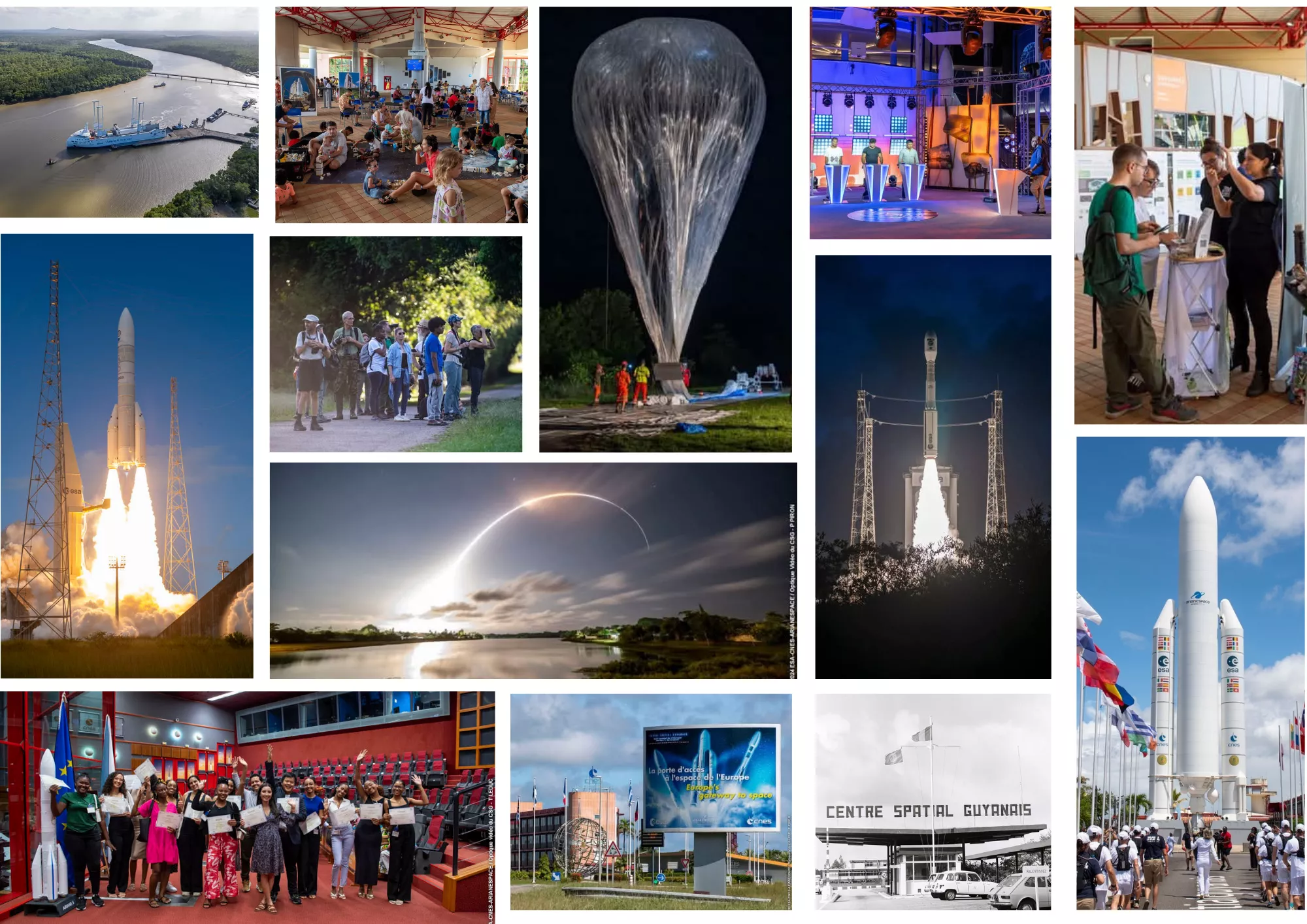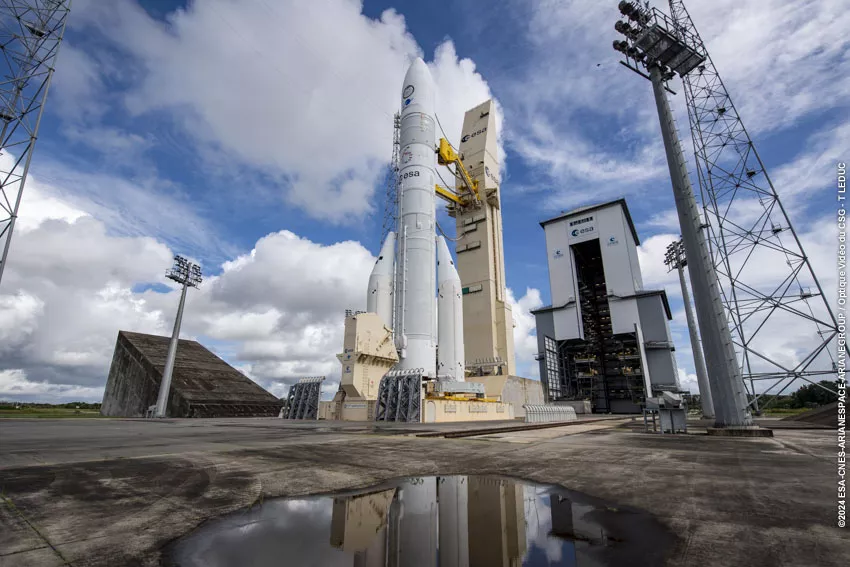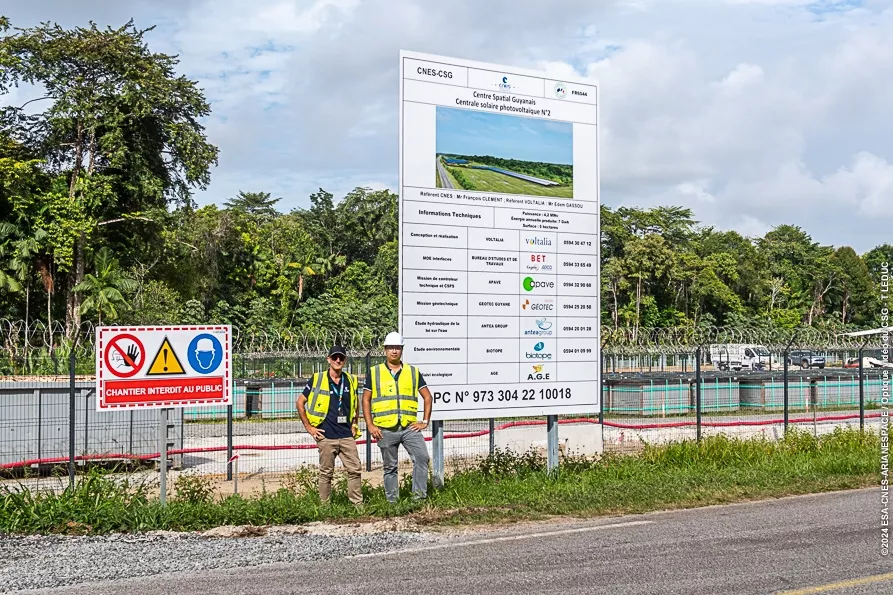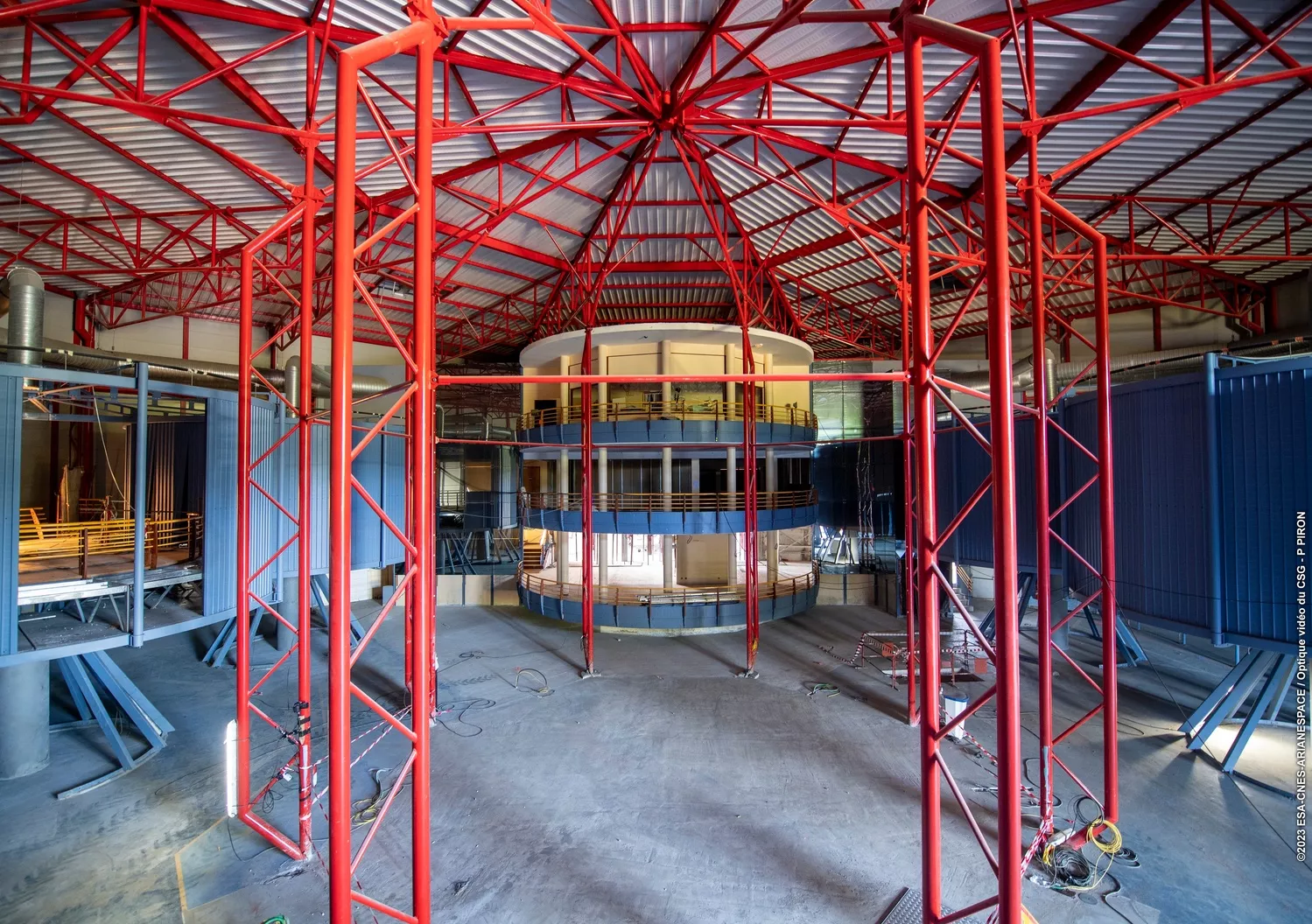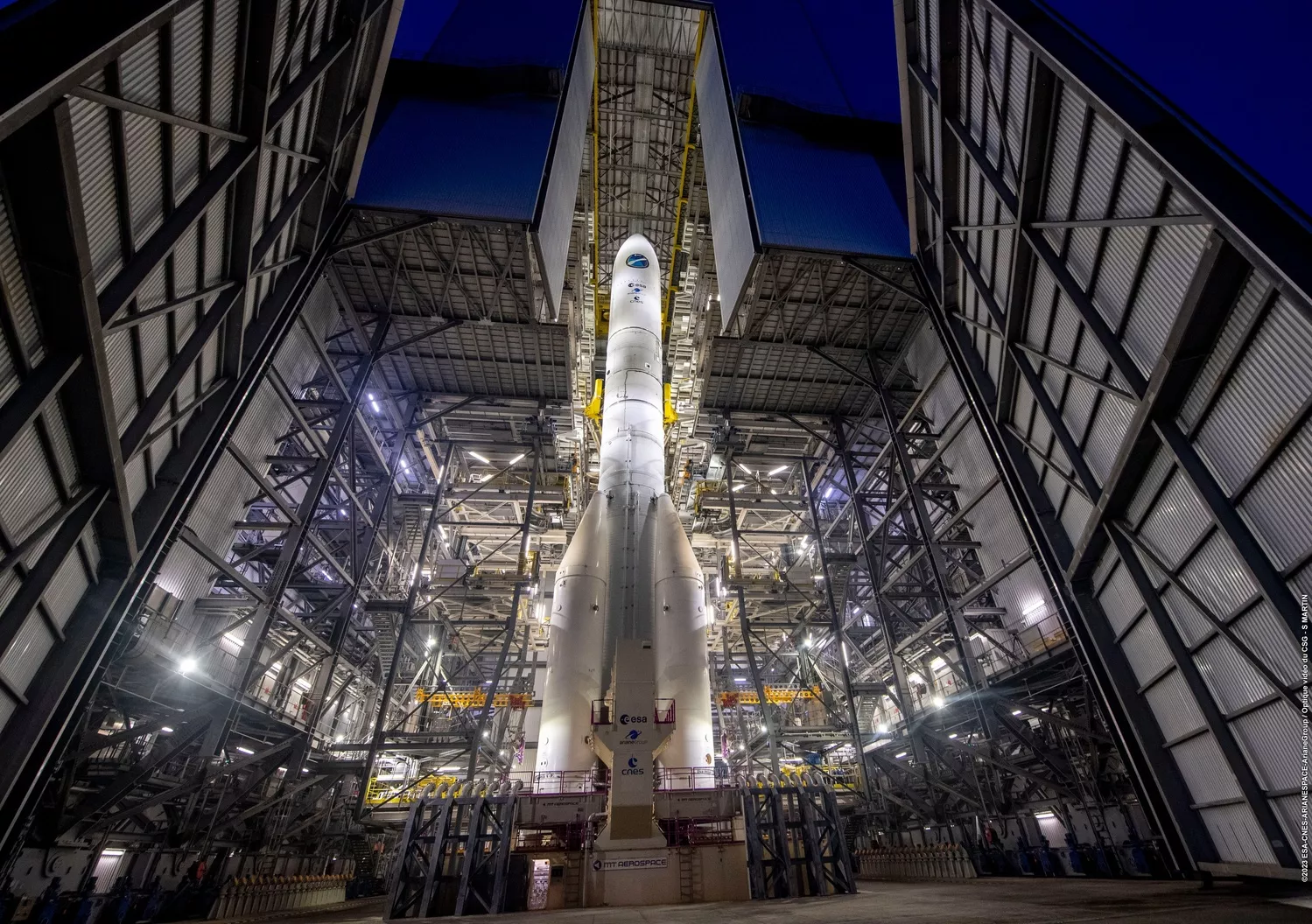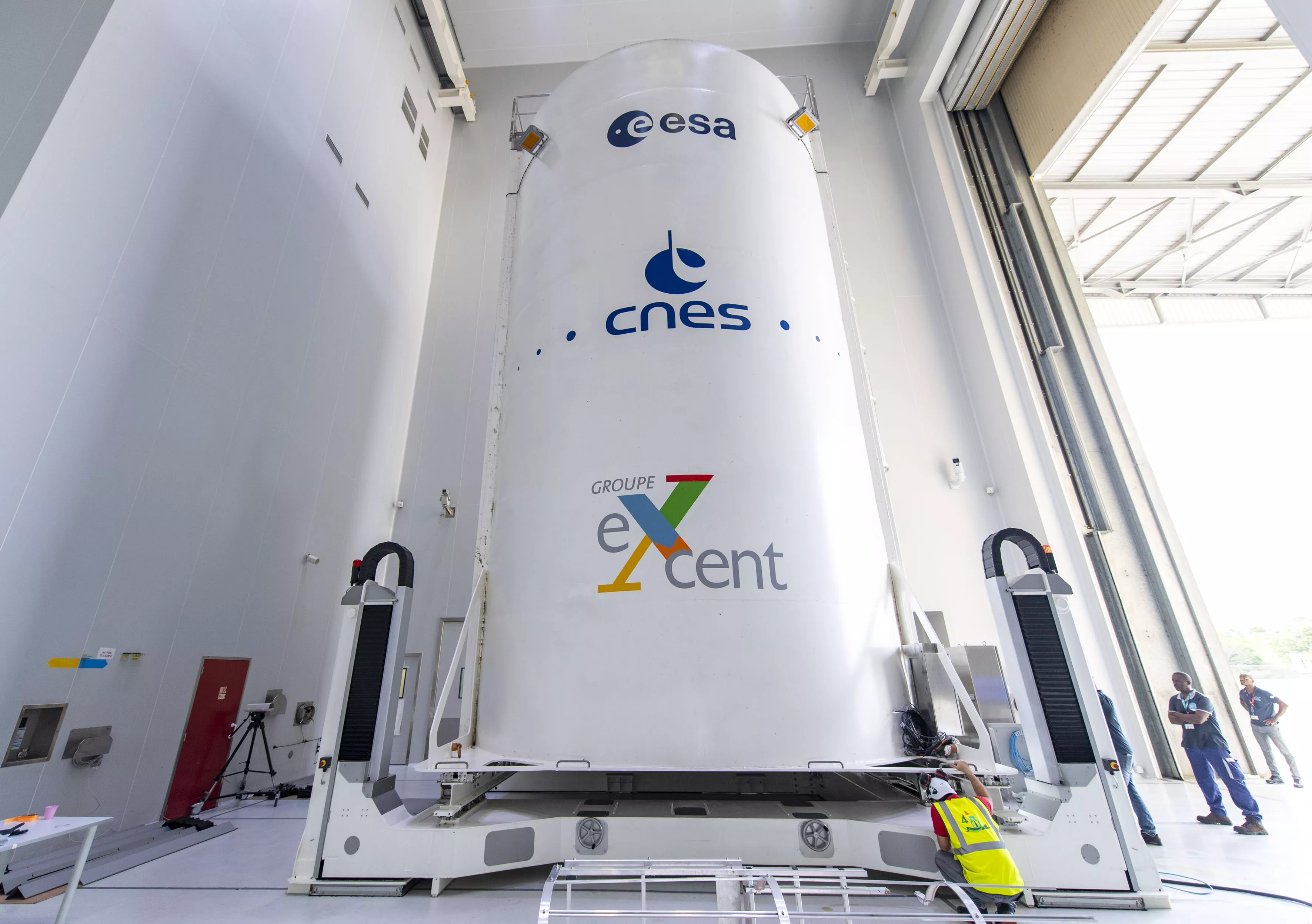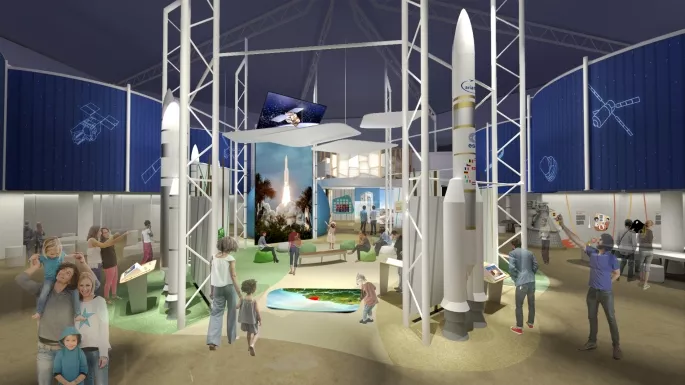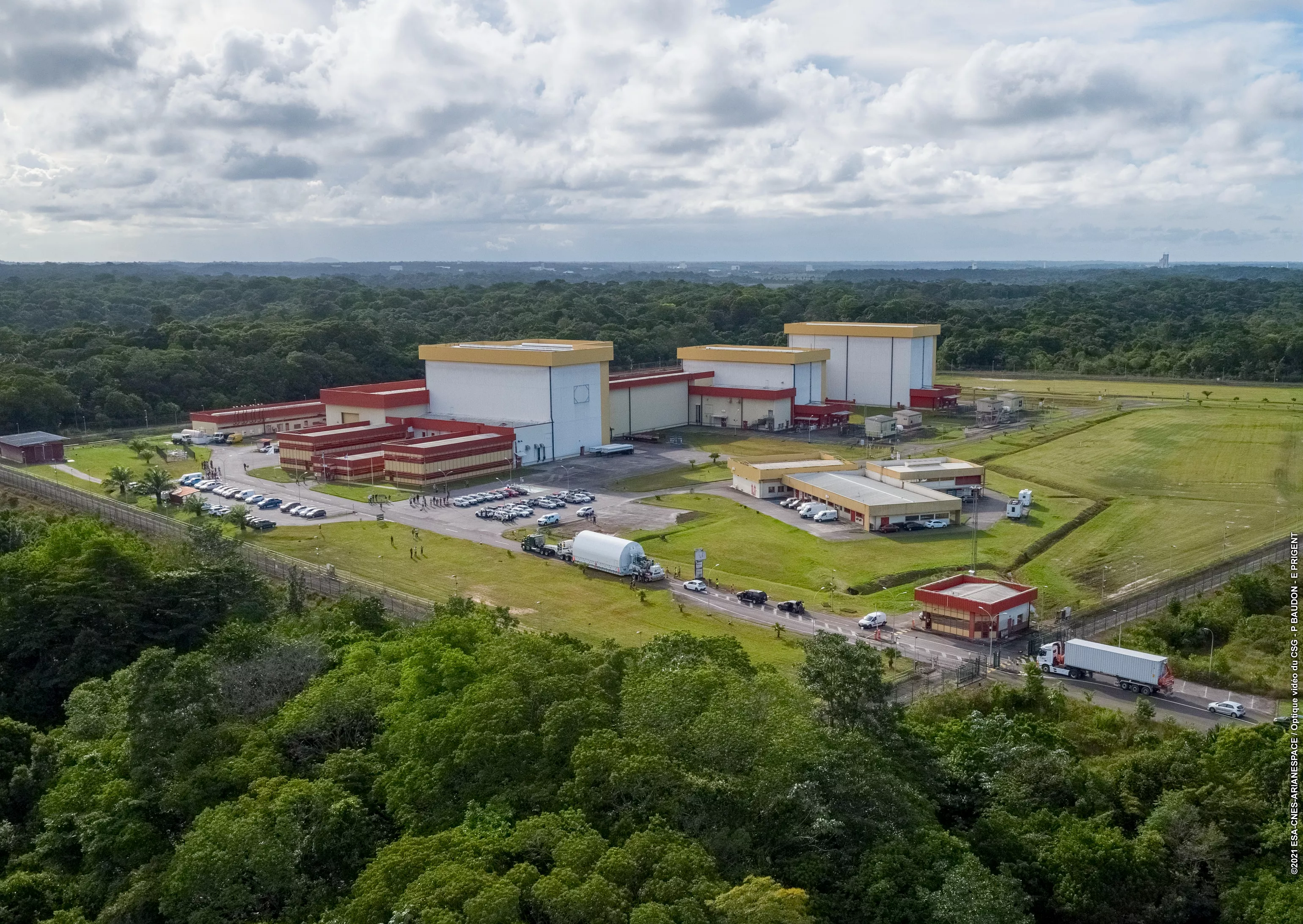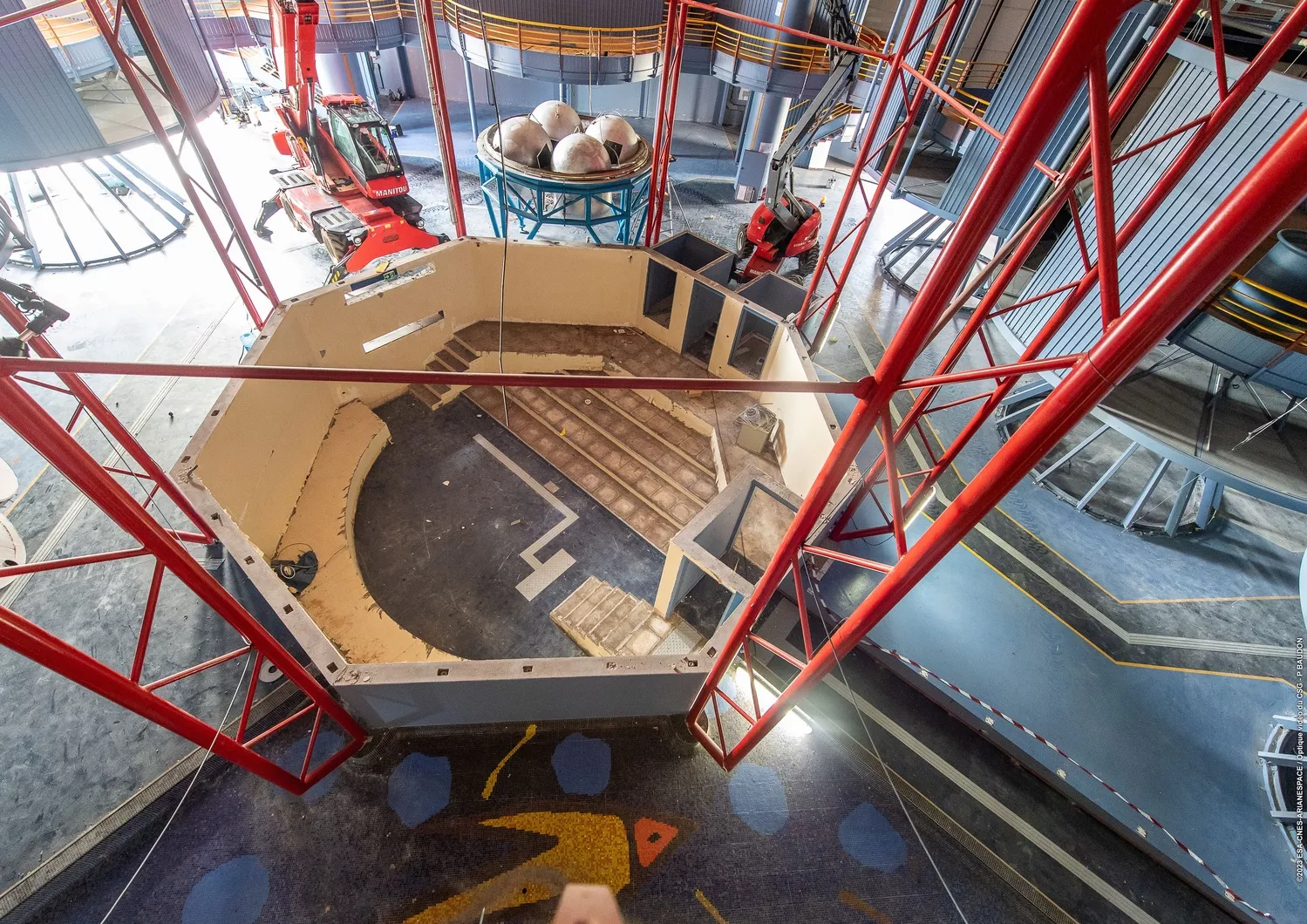[Energy transition] Regulus reduces electricity bills
Regulus, a company that manufactures and casts solid propellant for Vega at Europe’s spaceport, has been committed to a wide-ranging plan to reduce its energy consumption since 2010.
At Europe’s spaceport, in its Solid Propellant Plant in French Guiana, Regulus casts solid propellant, i.e. the fuel for Ariane and Vega engines. To maintain a constant temperature and low humidity, buildings are fitted with air conditioning systems adapted to their size. Moreover, the curing phases necessary to polymerise the propellant require large quantities of calories produced by electric boilers. All this makes Regulus a major consumer of electricity.
Over the last few years, the company has therefore focused on controlling its energy consumption.
Avoiding consumption peaks
One of the main objectives of this sustainable approach is to avoid consumption peaks. Replacing electric boilers with heat pumps was one of the solutions implemented.
In the same vein, Regulus is currently studying a system for coupling with PCM-based boilers (Phase Change Materials). Developed with the Heat Transfer and Energy Laboratory at Nantes (LTeN) and LGM, this technology will limit consumption peaks.
This material (PCM) has a high level of inertia; it retains and stores thermal energy well, releasing it gradually. Temperature variations in the boiler are therefore more gradual and less frequent.
Self-consumption of energy
Regulus is also equipped with new hybrid air conditioning units installed by SAS MAPFIC. What makes them special is that they are powered by solar panels. During the day, consumption is close to 0 and at night, the electricity grid takes over.
"We have reduced our electricity expenditure from 29 GWH to 16 GWH between 2010 and 2021; for 2021 alone, we recorded a 15% reduction"
Lionel Morato, Infrastructure Maintenance Manager at Regulus.
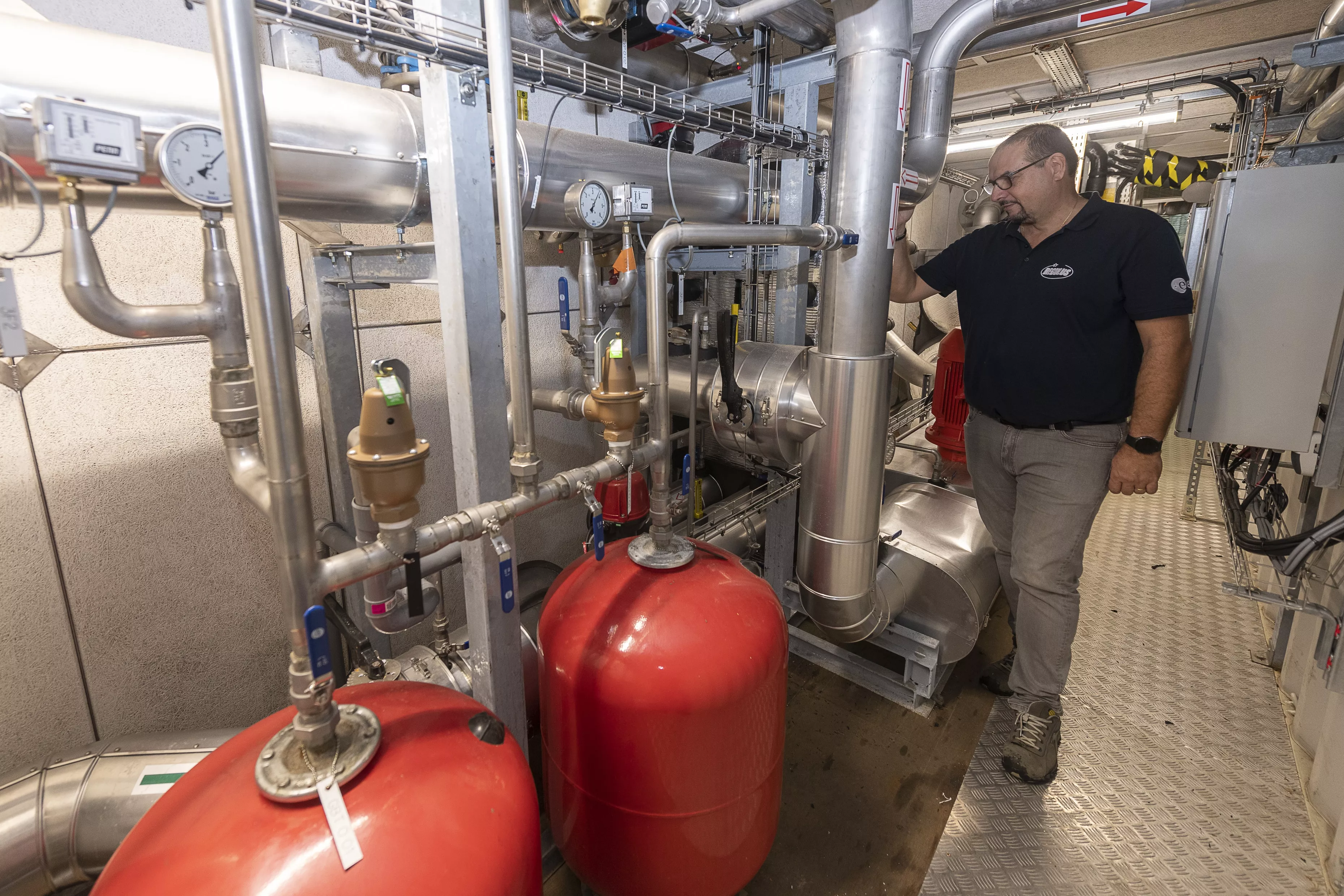
The new refrigeration units, a point of pride for Lionel Morato.
Energy-efficient equipment
Another project that Regulus is currently pursuing is the replacement of energy-intensive air compressors with a new water-cooled compressor model. This will reduce the number of compressors on the site from 3 (2 in operation and 1 on standby) to 2 (1 in operation and 1 on standby), i.e. 6 compressors instead of 9.
The Franco-Italian plant is also constantly optimising its infrastructure. After a set-up phase, Regulus moves on quickly to the optimum settings for all the equipment, seeking to maximise savings without degrading the conditions required for the process.
Regulus is continuing to work on reducing its electricity consumption. There are many ways of achieving this, and it will involve major changes to infrastructure, utilities and machinery. Before being applied on a large scale, each change goes through several stages: a research and study phase to establish theoretical feasibility; a test/validation phase, when the solution is installed on a small scale; and a large-scale rollout phase when the solution proves to be efficient.
In the same section
-
The French Space Agency’s commitments in French Guiana : review and outlook
29/01/2025Europe’s Spaceport: Recap of 2024 and outlook for 2025
28/01/2025Welcome to the new website of Europe's Spaceport
22/01/2025Energy transition at Europe’s spaceport
08/04/2024[Space Museum] update on the progress of the works
29/01/20242024 at Europe’s spaceport
15/01/2024Europe’s spaceport gets a new facility for satellites
06/12/2023[Space Museum] Progress report
25/09/2023EPCU S5 under construction
05/09/2023
